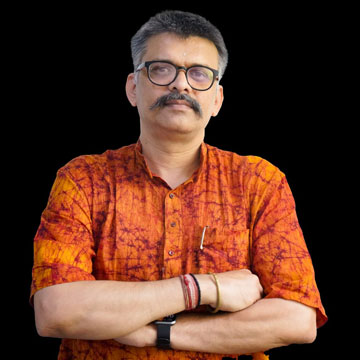While celebrating the 73rd Republic Day this January 26 with the theme revolving around the seventy-five years of Independence, besides the commemoration of the Constitution, what to celebrate is not a question this time. The significant achievement in proving the efficacy of the indigenous vaccines and mass-scale implementation of the vaccination drive through a globally recognised app is undoubtedly a point of celebration. Amidst a gloomy atmosphere of wavering the COVID-19 pandemic, the way we are balancing it with the democratic processes, including elections, is another point of satisfaction. But, as the Prime Minister has called for thinking about the next twenty-five years journey to create the Swarnim Bharat by 2047, we need to celebrate our march ahead in the Global Innovation Index (GII).
Generally, Bharat is known for its Jugaad, which represents – “A flexible approach to problem-solving that innovatively uses limited resources,”as per the Oxford Dictionary. Though in the context of rural Bharat, Jugaad has its own significance, it is not recognised as innovation. The GII suggests that Bharat is consistently upgrading the Jugaad to innovation through institutional mechanisms and technological integration.
Bharat has secured 46th position in the GII-2021, with the first rank in the Central and Southern Asian region and the second one in the lower-middle-income group economies. Bharat’s innovation performance is above the average for the upper-middle-income group in five of the seven innovation pillars. Our national performance in the ICT services exports indicator (1st) is the best while below average in below average in the pillars of Infrastructure and Creative outputs. A more satisfying aspect is how Bharat has attained the ninth position in the highest combined shares of scientific articles and patents, though much scope is there for improvement on this parametre.
The second edition of “India Innovation Index”, released by the NITI Aayog, clearly establishes the correlation with the increasing level of competitiveness among the states and union territories and upward movement of Bharat in GII. The Aspirational Districts are also emerging as innovation labs for startups, and social entrepreneurs. NITI Aayog’s role in setting up sectoral targets and fostering an environment of innovation is central to this process. No wonder Bharat is a home to over 61,000 recognised Startups spread across 55 industries, with 45 percent of them emerging from Tier 2 and 3 cities and 45 percent of startups having at least one Woman Director.
The key towards Swarnim Bharat lies in integrating our Jugaadmindset with the changing technological environment. Bharat does not have the tradition of patenting knowledge that needs to be nurtured in the changing geo-politics that revolves around technological superiority in specific areas like semiconductors. The socialistic grip is still prevalent despite the regulatory reforms. Bridging the digital divide and inculcating innovation in the education system are the more significant challenges that shouled be addressed immediately. While strengthening our civilisational roots of Rishi Parampara decoding the natural laws for the universal good, we need to simultaneously upgrade our Jugaad to the level of excellence to build the Innovative Republic by 2047.














Comments